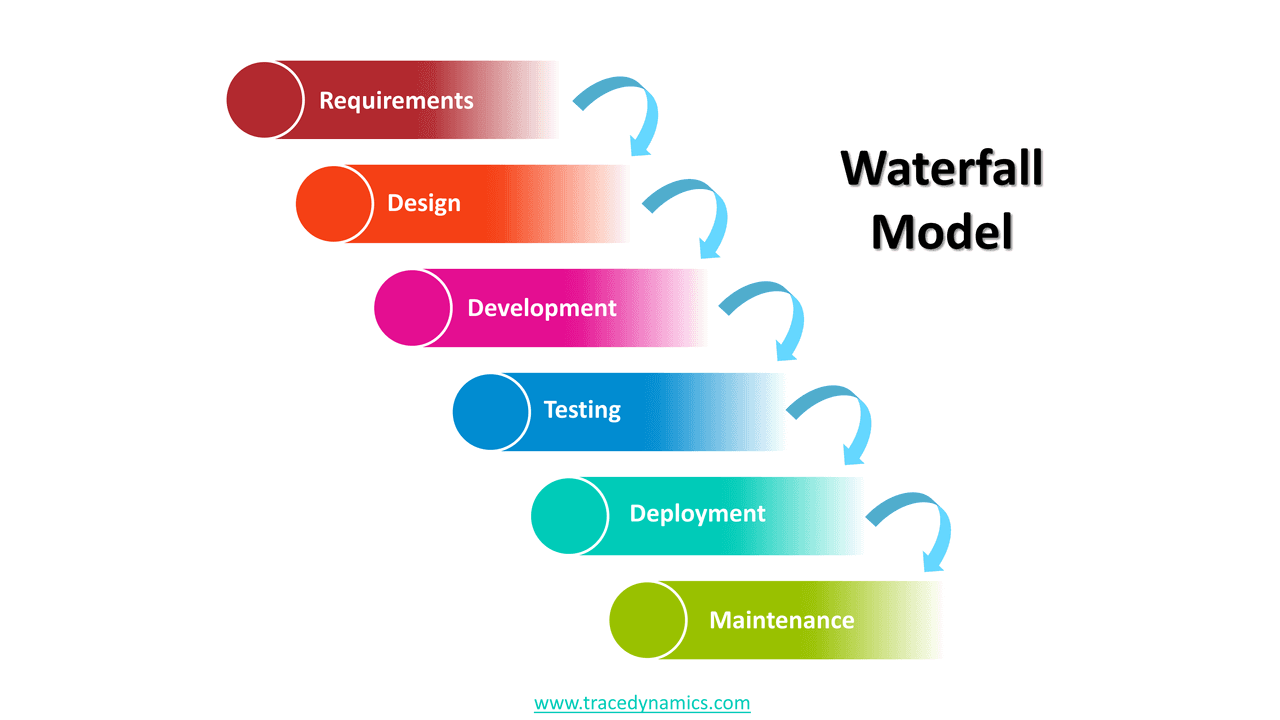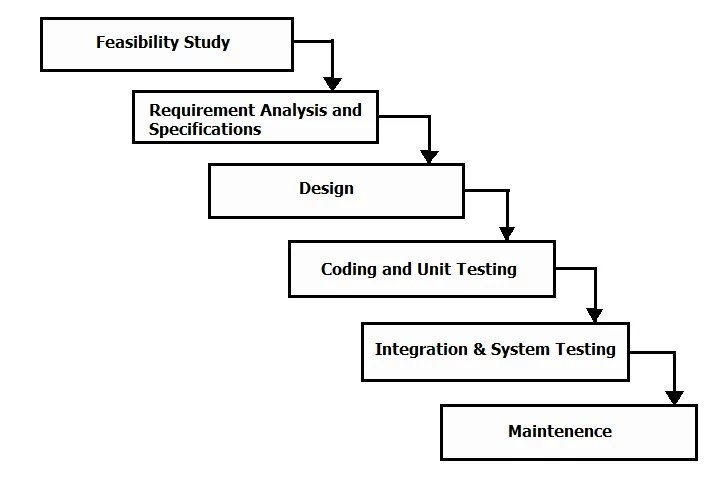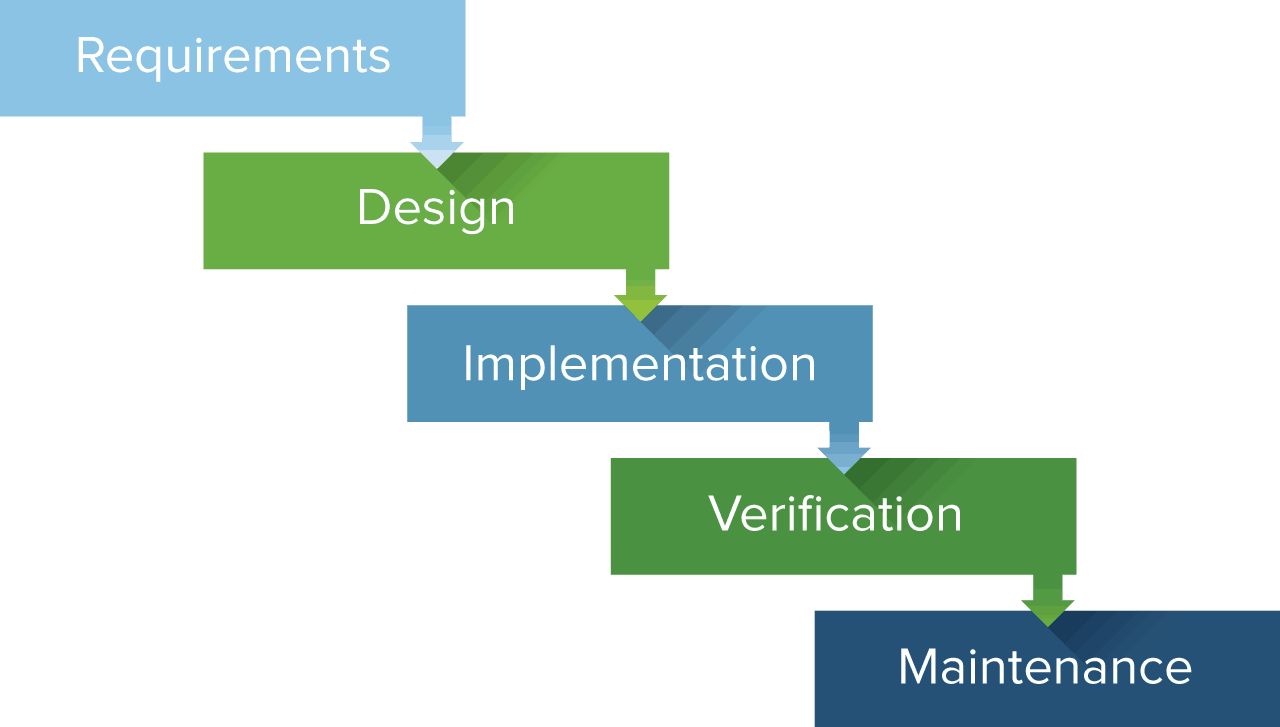

WorldCom also hid losses by purposefully miscategorizing operational expenses as capital expenses, and the 2002 session of Congress reacted by passing the Sarbanes-Oxley Act. Shortly thereafter, a similar scandal occurred at US telecommunications company WorldCom. This was part of a larger scheme to fraudulently inflate its profits, and therefore boost its stock market value, by billions of dollars. Put simply, Enron (with the alleged complicity of accounting firm Arthur Andersen) concealed major losses from investors by intentionally mismanaging operational expenses and capital expenses. Also, once an asset has been purchased, it is considered part of the company’s net worth.īetween 20-even as the Agile Manifesto was being developed-the corporate world was rocked by a pair of major accounting scandals, starting with the US energy company Enron. A capital expense-such as real estate, factory equipment, or office furniture-lowers profits less because of an accounting technique called depreciation, which distributes the expense over several years. The money is spent, and is therefore no longer on the books. Any expense lowers the net profits of a company, but an operational expense-such as rent, payroll, or insurance-lowers it more. In double-entry accounting, there are two kinds of expenses: operational expenses and capital expenses (also commonly referred to as OpEx and CapEx). The reason Waterfall remains in favor requires a little knowledge about a business function that development teams seldom think about: accounting. This raises a big question: Why would anyone in management push back against the use of Agile over Waterfall, a framework that since its inception has been seen by industry experts and professionals to be at odds with efficient development practices? OpEx vs.
Waterfall methodology software#
In 1996, almost the entire software industry endorsed an iterative development cycle called the Rational Unified Process (RUP), which was itself a synthesis of best practices universally recognized by software engineers. Boehm, PhD (who would soon become director of DARPA), used a very similar illustration, again as an example of a problematic software development life cycle, and proposed iterative development as a favorable alternative. Royce was not alone: 18 years later, Barry W. In his paper, Royce never uses the word “waterfall” or advocates it as an effective system he actually presents what would come to be known as Waterfall as a cautionary tale-an example of a process that is “risky and invites failure” because it does not account for the necessary iteration needed among software development stages. The crediting of Waterfall development to Royce’s research is one of the strange ironies of the software industry. Royce’s illustration is widely credited as the first expression of Waterfall development. Most people in organizational management associate the term “Waterfall” with the chart below, which comes from “ Managing the Development of Large Software Systems,” an influential academic paper written by Winston W. The Murky Origins of Waterfall Methodology The beginning of that understanding lies in Waterfall’s mostly untold origin story. If you understand the financial safeguards that Waterfall affords the C-suite, you can craft a hybrid framework that will bridge the gap between Agile practices and enterprise Waterfall once and for all. But it’s equally important to understand what upper management likes about the Waterfall methodology. A project manager working in the software industry for any length of time has probably encountered a C-suite that wants them to “do Waterfall.” But what exactly does that mean in practice?įor years, studies have shown a positive relationship between the use of Agile frameworks and project success, and it may be tempting for a project manager to believe they just need to sell their corporate officers on Agile’s results. Software development teams thrive in Agile environments, but a lack of management support is one of the major obstacles to Agile transformation.


The impasse between Agile and Waterfall processes has persisted in project management discourse for decades.


 0 kommentar(er)
0 kommentar(er)
